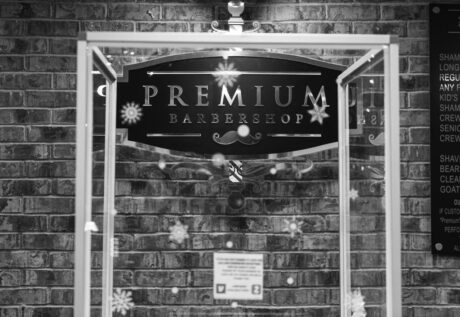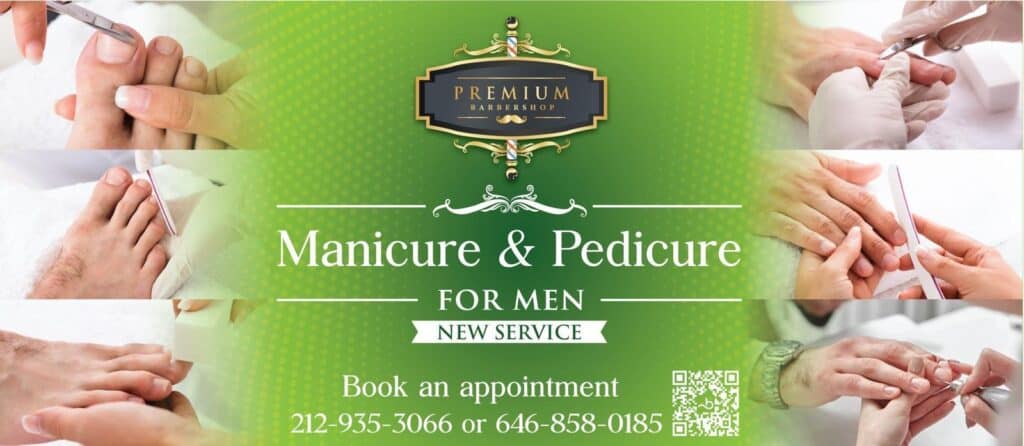
As a barber, it’s crucial to have top-quality tools to provide your clients with the best haircuts possible. Having the right tools enables you to achieve precise cuts, textures, and styles, which helps build your reputation and keep your clients coming back. We will discuss ten essential barbering tools that every barber should have in their toolkit, whether you are a beginner or an experienced professional. These tools range from traditional ones that have been used for centuries to modern gadgets that have revolutionized the industry.
Importance of Having High-Quality Tools
Having high-quality barbering tools is crucial for barbers to provide their clients with the best hairstyles possible. It not only helps to establish a good reputation but also guarantees that clients leave the barber’s chair with a satisfying and confident new look.
1. Clippers
Clippers, available in various sizes, are engineered to work efficiently with specific hair types. For example, smaller clippers are ideal for trimming hair around the ears and the nape of the neck, while larger clippers are best for cutting longer hair. It is also important to maintain your clippers properly to ensure that they work effectively. Make sure to clean them regularly, and oil them before and after each use. This will help to keep them running smoothly and prevent them from pulling or snagging hair during a haircut.
2. Scissors
Scissors are a fundamental tool for any barber, and with their vast array of types, they are crafted to suit distinct cutting techniques. Thinning scissors are ideal for removing bulk from thick hair, while texturizing scissors can help to create a more natural look. Keeping your scissors sharp is also important. Dull scissors can pull or damage hair, which can result in an uneven haircut. Make sure to have your scissors sharpened regularly, and clean them after each use to prevent them from rusting.
3. Comb
A comb is an important tool for any barber, as it helps to create a clean and precise cut. There are many different types of combs, and each one is designed for a specific type of hair. For instance, a wide-tooth comb is ideal for detangling thick or curly hair, and a fine-tooth comb is best for creating precise cuts on straight or fine hair. Make sure to comb through each section of hair before cutting it, and use the comb to guide your scissors or clippers for a more precise cut.
4. Razor
A razor is an important tool for shaping and defining facial hair, as well as for creating clean lines around the edges of a haircut. While several types of razors are available, each with its own hair or facial hair category, it’s imperative to use a sharp razor to avoid skin pulling or cutting. Regularly replacing blades and maintaining razor hygiene by keeping it dry and clean is essential in preventing rust buildup and ensuring optimal performance.
5. Hair Dryer
As a barber, having a high-quality hair dryer in your arsenal can also significantly reduce the amount of time it takes to style your client’s hair. Additionally, it can help you to achieve a more polished finish on your haircuts, creating a more professional look overall. When using a hair dryer, it’s essential to start with low heat and gradually increase the temperature to prevent damaging the hair. Using a diffuser attachment can also help to evenly distribute heat and prevent frizz, resulting in a more natural-looking finish.
6. Neck Duster
To maintain a professional and hygienic workspace, it is essential to use a neck duster during a barber haircut, as it allows them to remove any loose hair from the client’s neck and face with ease. Using a neck duster is simple — just brush any loose hair off the client’s neck and face after the haircut is complete. This will help to prevent any itching or discomfort caused by stray hairs. Make sure to clean your neck duster thoroughly after each use and replace it regularly to avoid any buildup of hair, dirt, or other debris.
7. Shaving Cream
Shaving cream is a must-have tool for barbers who offer shaving services. Its lubricating properties provide a smooth surface for the razor to glide over, reducing the risk of skin irritation or razor burn. To use shaving cream effectively, it is recommended to work a small amount into a lather before applying it to the skin. This will ensure a comfortable and effortless shave for the client, and a professional finish for the barber.
8. Straight Razor
A straight razor is a traditional tool that is used for shaving. It consists of a long, sharp blade that is held in a handle. While straight razors require more skill to use than other types of razors, they can provide a closer and more precise result. To achieve a clean and smooth straight razor shave, it is crucial to develop the necessary skills and technique, including holding the razor at the correct angle and using short and gentle strokes to avoid any accidental nicks or cuts. Barbers who are experienced with using a straight razor can provide a luxurious and comfortable shaving experience for their clients.
9. Hair Products
Choosing the right product for your client’s hair type and desired style can make all the difference in achieving a successful barber haircut style. Some popular hair products include pomades, which offer a flexible hold and shine; waxes, which provide a stronger hold and matte finish; gels, which create a firm hold and high shine; and sprays, which are ideal for creating texture and volume. Additionally, consider your client’s styling preferences — do they prefer a sleek, polished look or a more natural, textured finish? This can also help guide your product selection.
10. Sanitizer
Finally, sanitizer is an essential tool for any barber. Using sanitizer before and after each haircut can help prevent the spread of germs and bacteria, keeping both you and your clients safe and healthy. When choosing a sanitizer, look for one that contains at least 60% alcohol, as this has been shown to effectively kill most germs and bacteria.
